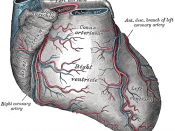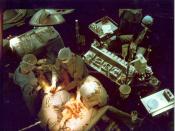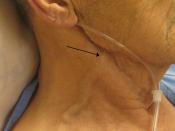As we age our body becomes worn out from all the different activities it performs. The heart in particular is an extensively active organ, beating as much as 100,000 times each day! If you do the math, the number of beats in a lifetime reaches the billions, eventually making this amazing organ prone to imbalance in its homeostasis. Thus, heart disease is described as a group of disorders that together constitute the leading cause of death in the United States. Coronary heart diseases such as thrombosis, embolism, and atherosclerosis; and heart failure are among the most common disorders.
The lining of the heart is composed of muscle (cardiac muscle) which allows it to pump numerous gallons of blood throughout the body, approximately 2,000 gallons per day! As any other type of muscle, it requires oxygen and nutrients to function; so our body is equipped with a systematic process called the coronary circulation which is in charge of supplying all the goodies.
However, as one grows older, lipids set down and build up on walls of coronary arteries, a disease called atherosclerosis (-sclerosis: hardening), which prevents nutrients and oxygen from reaching cardiac muscle cells causing substantial damage, and necrosis (tissue death); when this occurs, the person experiences angina pectoris, or severe chest pain, as a warning that there is not enough blood or oxygen supply to the heart muscle (cite). Furthermore, the forming of blood clots is a possibility if the wall of an artery ruptures due to excessive plaque; having the same outcome as atherosclerosis and both resulting in an acute myocardial infarction or what we commonly call "heart attack". People who experience heart attacks describe the feeling as a "sudden onset of severe chest pain that may radiate to the neck, arm or jaw" (cite) along with other...


